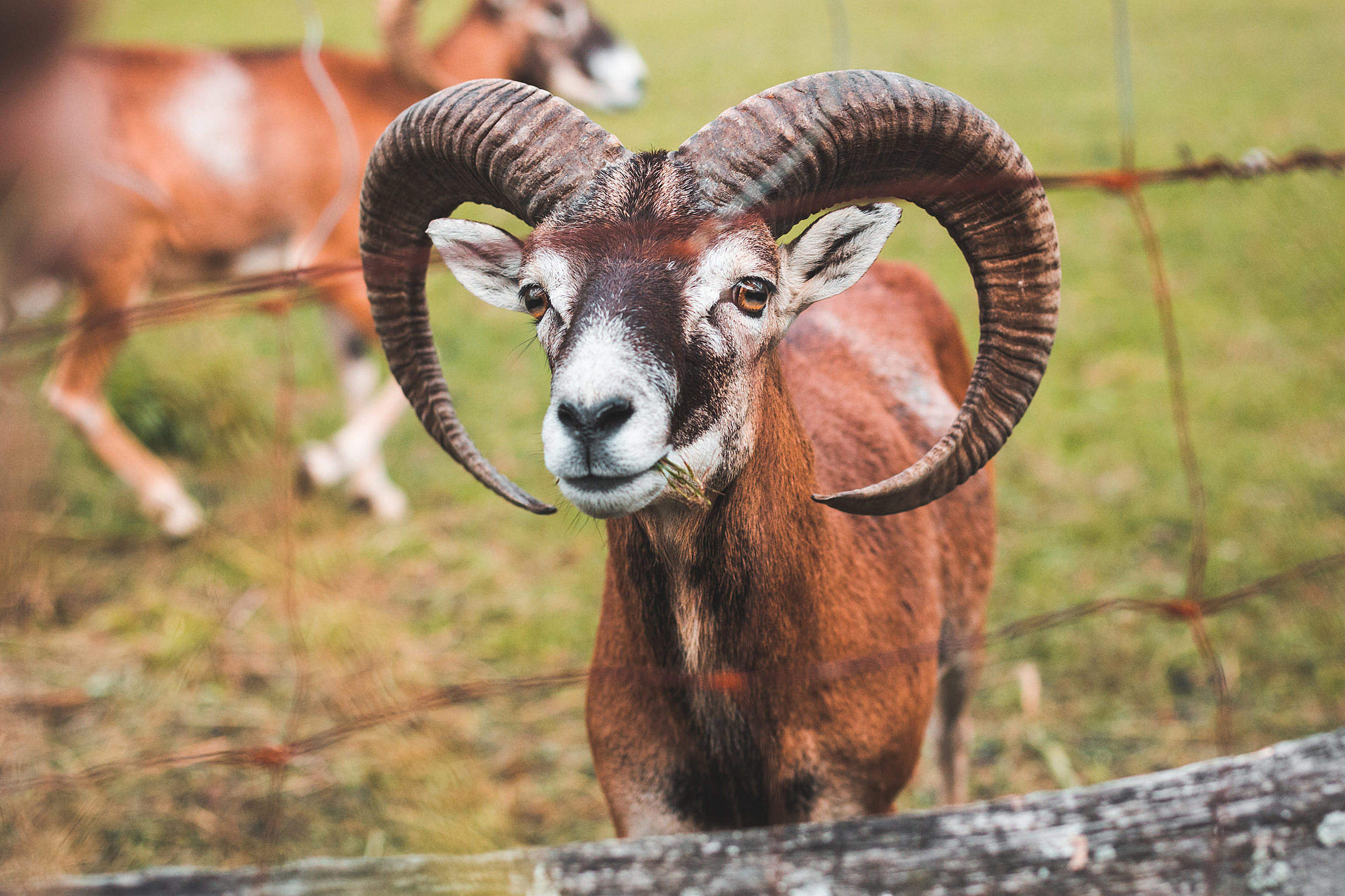
A Goat with Big Horns Behind the Fence Free Stock Photo picjumbo
The horns make them attractive and help in attracting their mate. The horned males with bigger and thicker horns are more appealing to the female goats. Moreover, the length of the goat's horns helps in determining the goat's age. Goat horns also help regulate the body temperature of a goat.
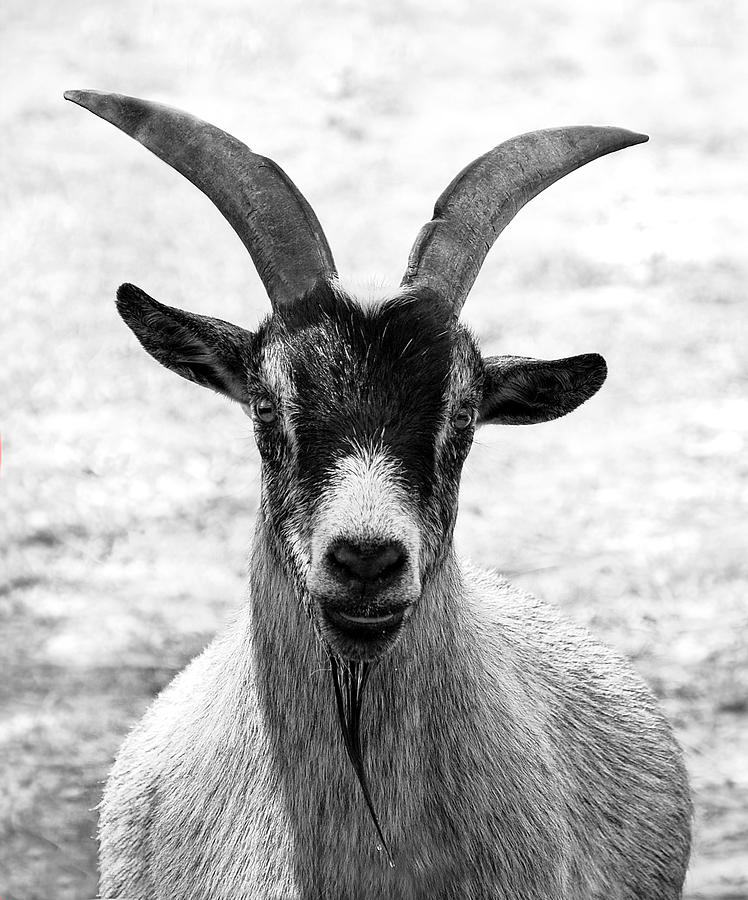
Billy Goat With Horns Photograph by Rebecca Brittain
Goats born without horn buds are referred to as polled. The naturally hornless goat is bred that way as a result of recessive-gene combinations, meaning both parents had the gene.

Free Images farm, photography, animal, wildlife, horn, macro, pasture, sheep, mammal, fauna
SOME goats are born without horn buds. If there are no buttons on the top of a kid's head, that kid will never grow horns. Goats that are born naturally hornless are called "polled" goats. Polled goats, or naturally hornless goats, are that way because of a recessive-gene combination.

Free Images outdoor, field, farm, animal, country, looking, wildlife, standing, horn, young
1. Nubian Ibex Image Source Binomial Name: Capra nubiana Origin: Mountainous areas of Israel, Saudi Arabia, Oman, Jordan, Yemen, Sudan, Ethiopia and Egypt Height: 75 cm Weight: 50 kilograms Horns: I meter Diet: Grasses and leaves Predators: Eagles, Bearded vultures and leopards

Goat Horns Goat'S Head · Free photo on Pixabay
a. Natural Defense: Horns provide goats with a natural defense mechanism against potential threats. Horned goats may deter predators or effectively defend themselves in the event of an attack. b. Social Dynamics: Horns contribute to the natural order within a herd, facilitating the establishment of a social hierarchy.
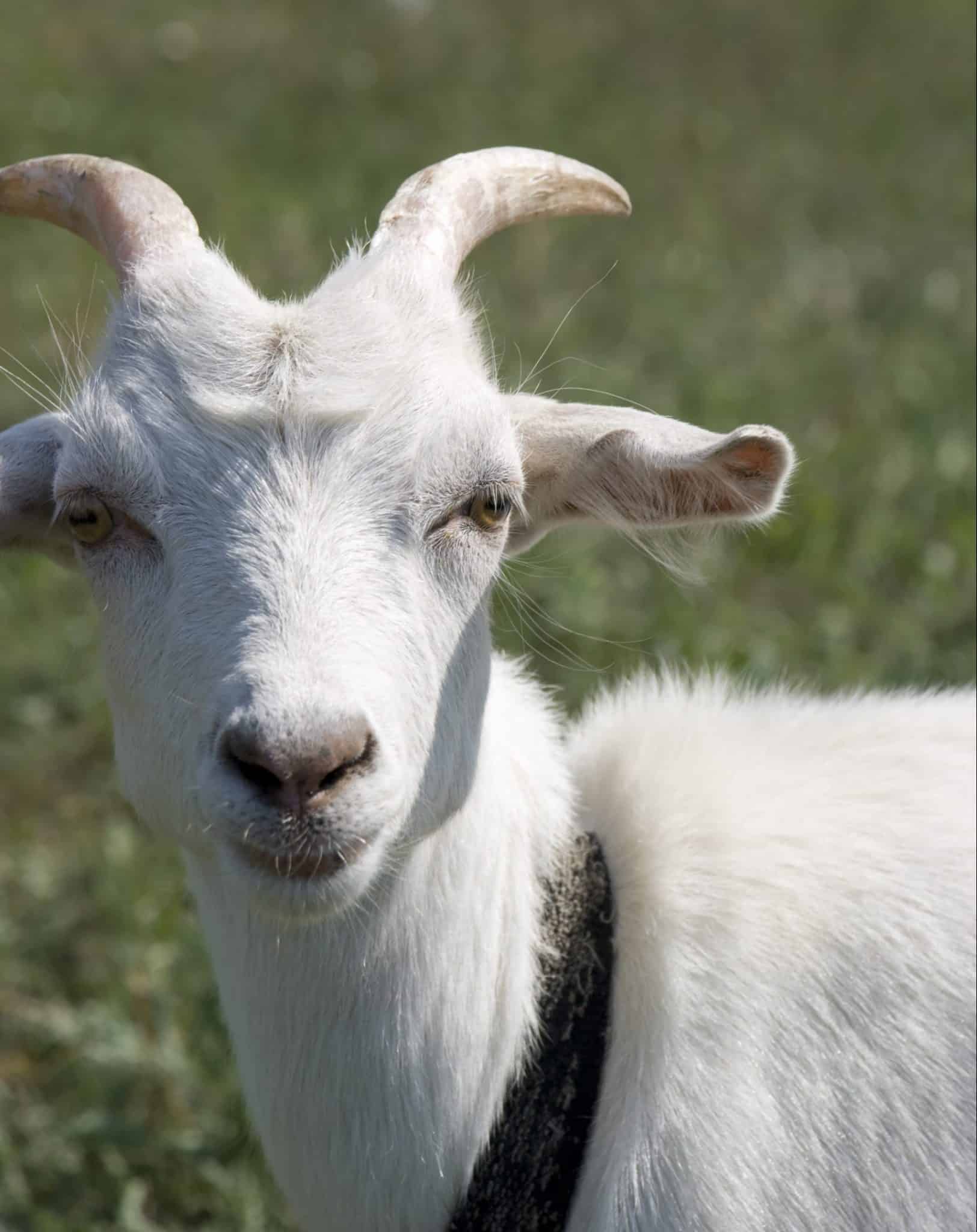
Goat Horns What to Know about Horned Goats Chickens, Livestock, Homesteading & Gardening
However, Girgentana goats' long, spiral horns can be a disadvantage when foraging in wooded areas because they might get entangled with brushes, branches, or fences. Girgentana Goat's Origin and History. Girgentana goats can be found in Agrigento, a southern region of Sicily in Italy, but their origin is still a mystery yet to unfold.
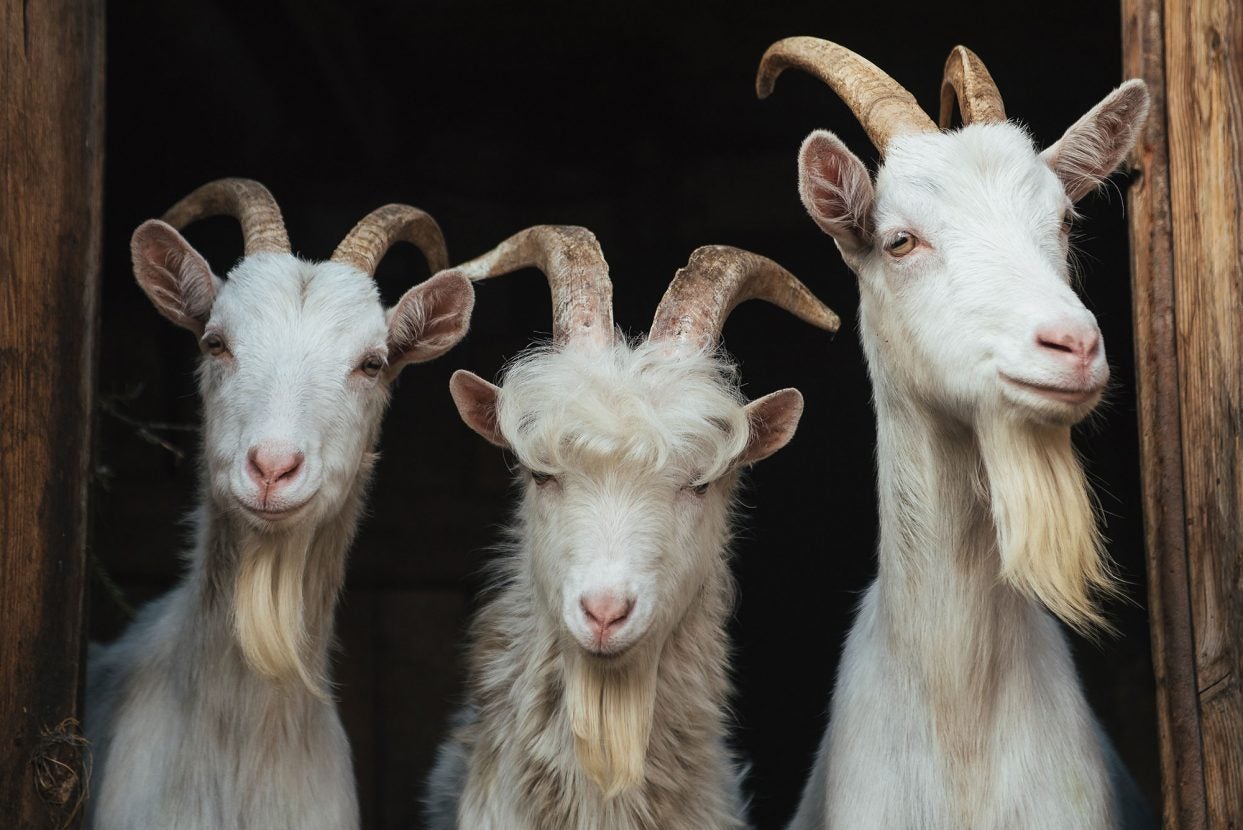
Basics of goat horns and how to handle them AGDAILY
A goat horn, just like other horns, is made of a protein called keratin. This protein is the same material found in claws, hair, fingernails, and hooves. Generally, the horn is an outer layer of the body part with a core of live bone. The horn is attached to this core of live bone. A horn is usually curved or spiral.

Free Images countryside, wildlife, wild, horn, rural, herd, farming, pasture, livestock, ranch
January 21, 2023May 4, 2022 by John Listen to this article One of the most impressive things about many breeds of goat is their long horns. Goats come in a huge variety today, from the biggest to the smallest, with the longest ears, the most milk, the highest meat yield, and of course the longest horns to the shortest horns.

Goat and Sheep San Diego Zoo Animals & Plants
Goat Breeds with Horns Posted on October 27, 2022 by Chin Lapingcao Table of Contents Interested in learning about the different types of horned goats? You've come to the right place! In this blog post, we'll be discussing the various goat breeds that sport horns.

Free Images horn, pet, portrait, sheep, mammal, fauna, close up, goats, head, vertebrate
Originating from Africa, these goats have long, pendulous ears that give them a regal and elegant look. They are medium to large-sized goats, with bucks weighing around 175 pounds and does weighing around 135 pounds. Nubian goats are highly adaptable and can thrive in various climates, making them a popular choice among goat enthusiasts.
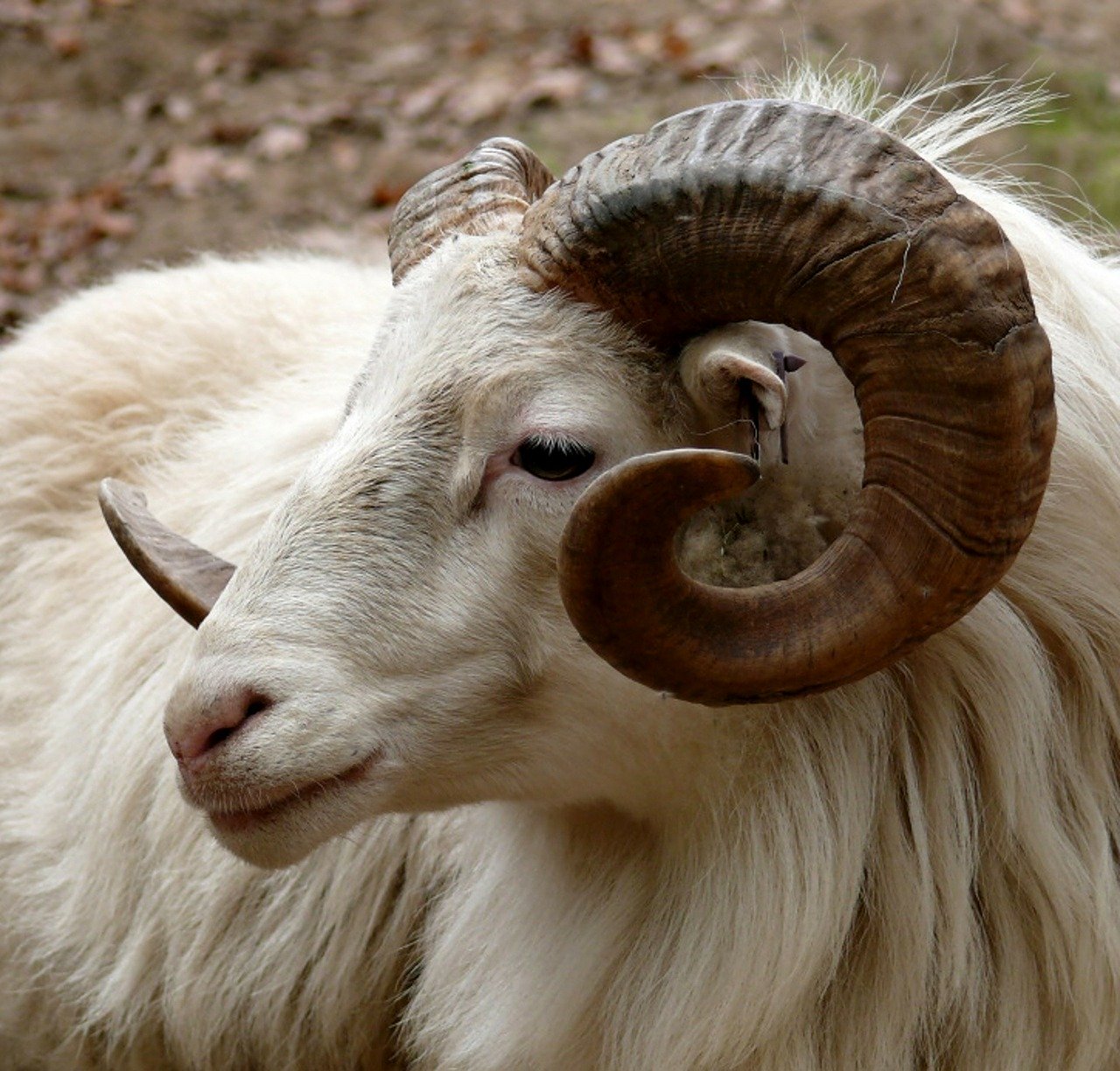
The Goat Horn Guide Should You Dehorn Your Goats?
1. Alpine Goat 2. American Lamancha Goat 3. Anglo-Nubian Goat 4. Angora Goat 5. Beetal Goat 6. Black Bengal Goat 7. Boer Goat 8. Damascus Goat 9. Girgentana Goat 10. Jamnapari Goat 11. Kalahari Red Goat 12. Kamori Goat 13. Kiko Goat 14. Nigerian Dwarf Goat 15.

17 Remarkable Goats With Extremely Large/Long Horns
What are the benefits of having goat horns? The benefits of having goat horns include self-defense, aggressive behaviors, intimidation, and help with climbing and balance. Horns can also be used during mating season to spar with potential mates. How do you care for goat horns? Here is a step-by-step guide to taking care of goat horns: 1.
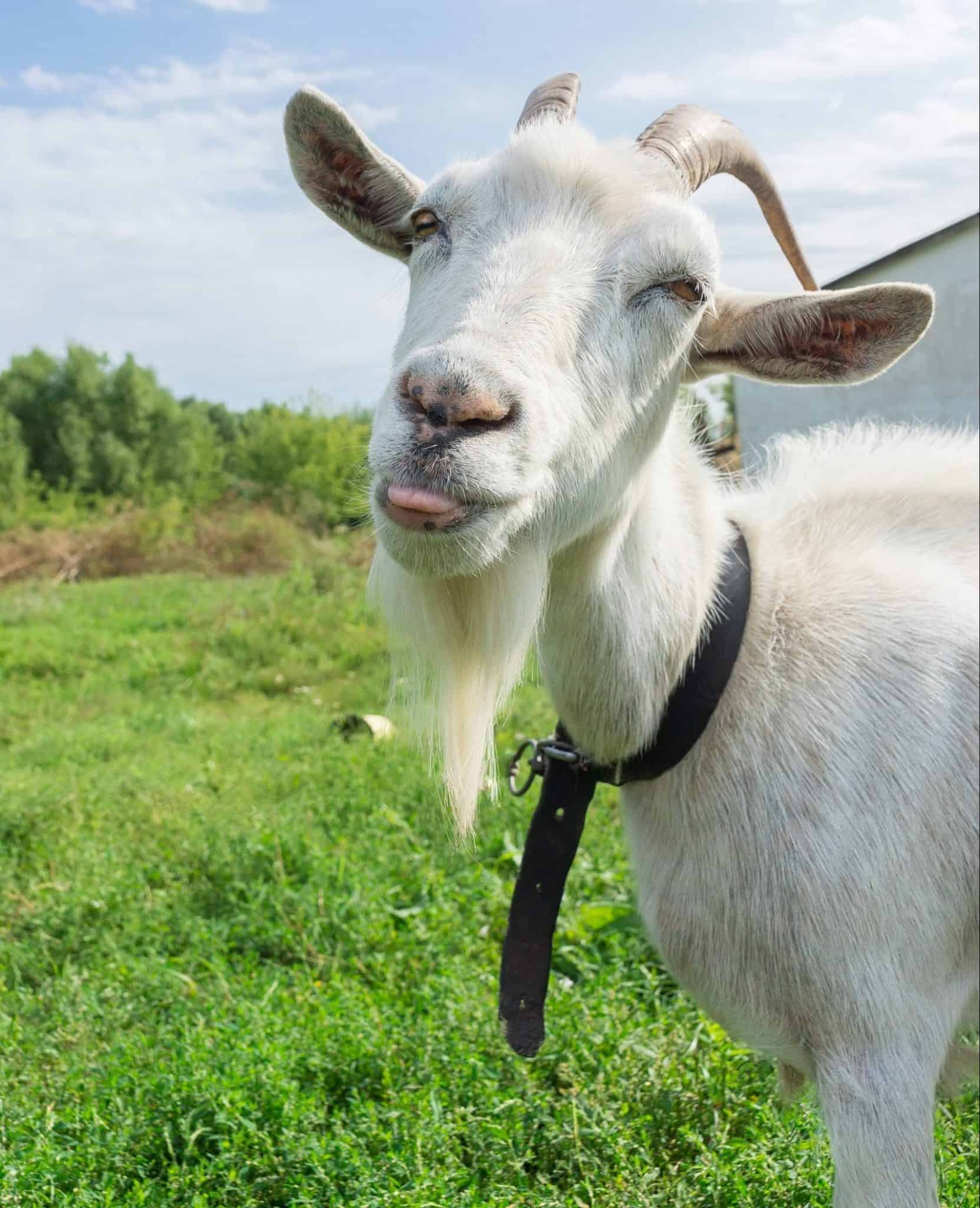
Goat Horns What to Know about Horned Goats Chickens, Livestock, Homesteading & Gardening
The horns can be straight, gently curved, or curled. However, while all goat breeds can have horns, not all goats will grow horns. Those that are naturally born without horns are known as polled goats. Funnily enough, the North Dakota State University Agriculture and Extension refers to hornless goats as butt heads.
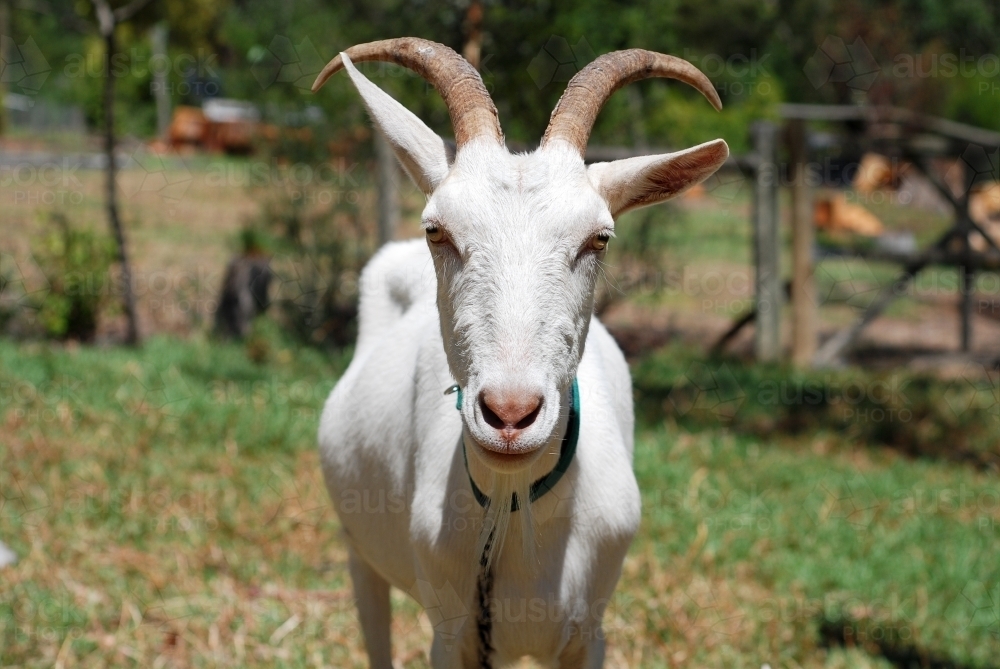
Image of Portrait of a white male goat with large horns Austockphoto
Browse 6,776 goats with horns photos and images available, or start a new search to explore more photos and images. Browse Getty Images' premium collection of high-quality, authentic Goats With Horns stock photos, royalty-free images, and pictures. Goats With Horns stock photos are available in a variety of sizes and formats to fit your needs.

Free Images nature, kid, cute, horn, livestock, sheep, mammal, fauna, close up, goats, mammals
Goats - farm animals of domestic goat ( Capra hircus) species, small ruminants - are widespread throughout the world and are used in almost any natural and climatic conditions, even those where other productive animals cannot live.
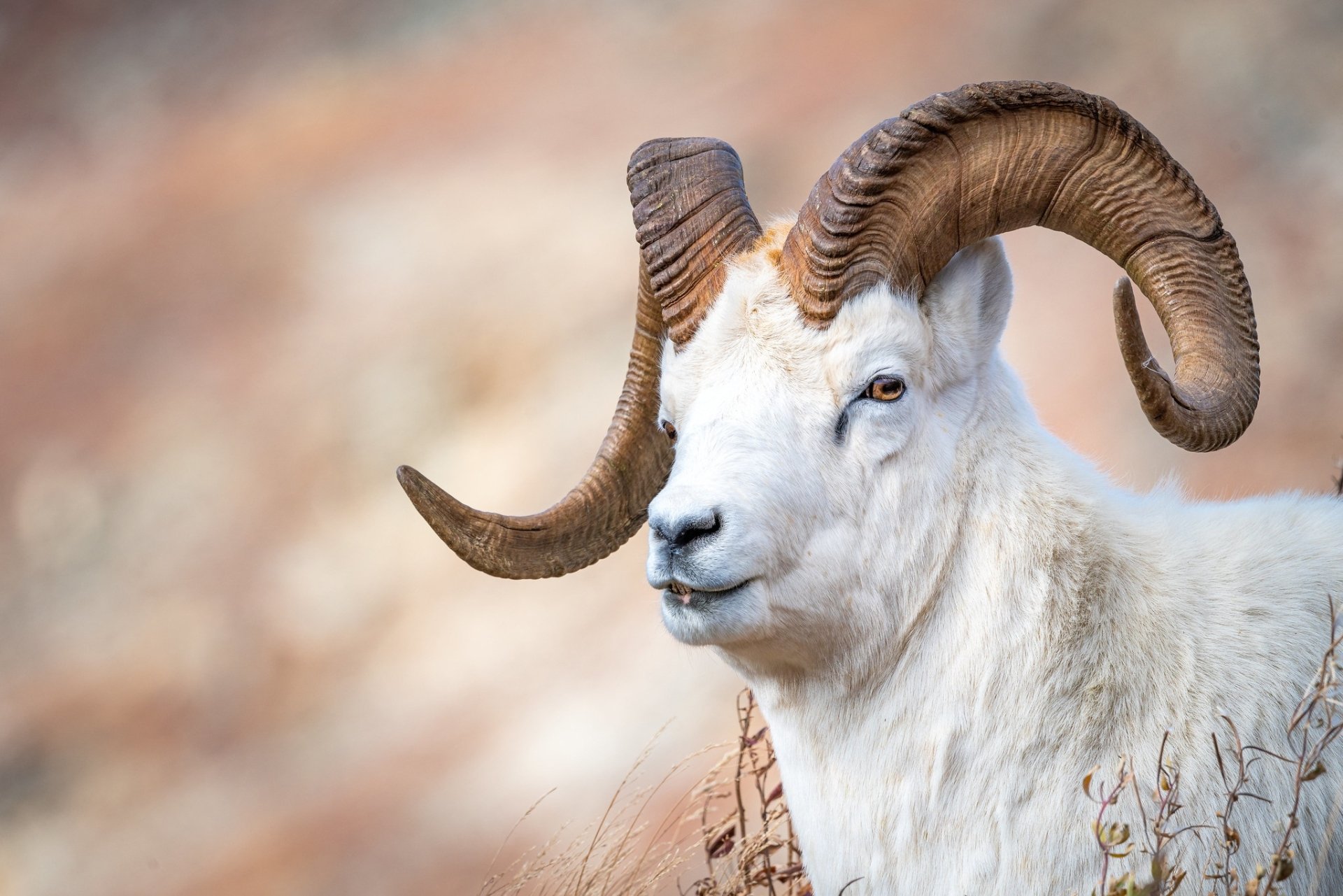
Animal Goat HD Wallpaper
2. Goat Horns Are Made of Bone and Keratin Goat horns are incredibly strong, and with good reason. The core is made of thick, live bone growing from the goat's skull. This bone is covered by a layer of keratin. Keratin is the vital component in hair, fingernails, hooves, and claws.